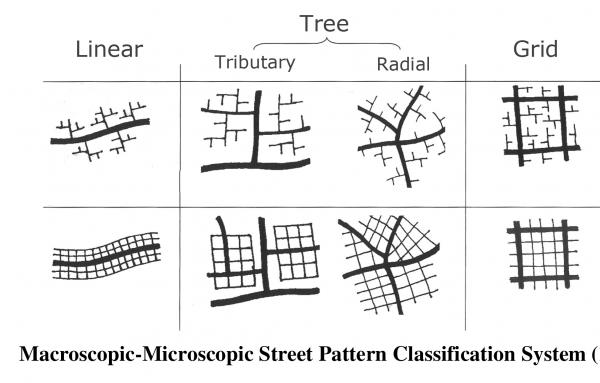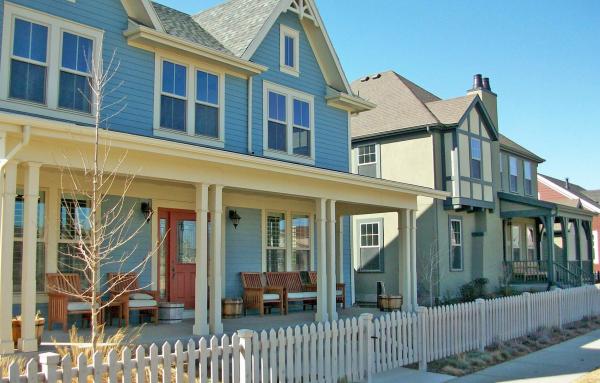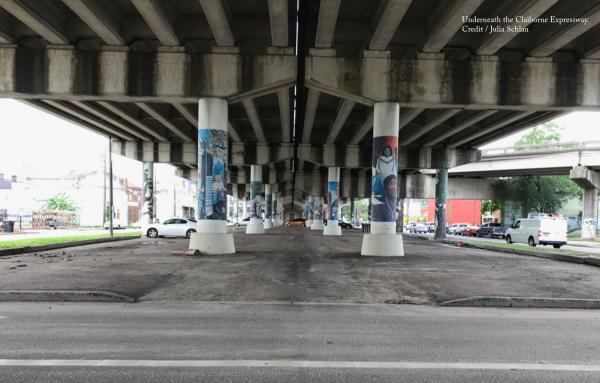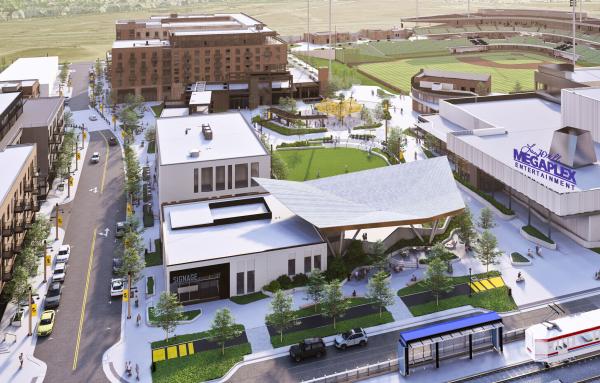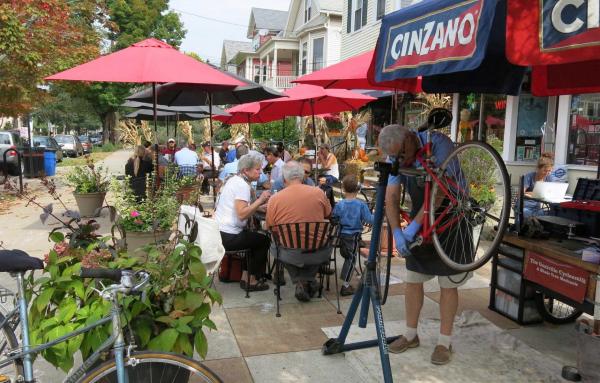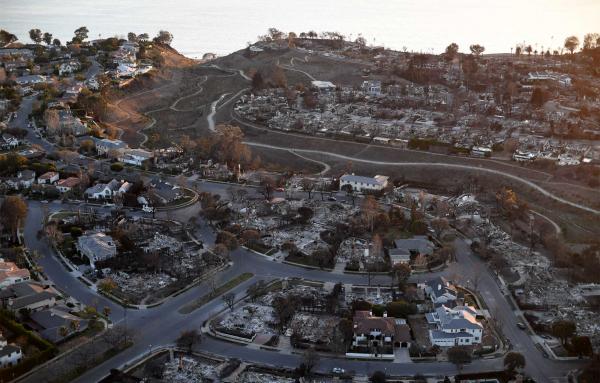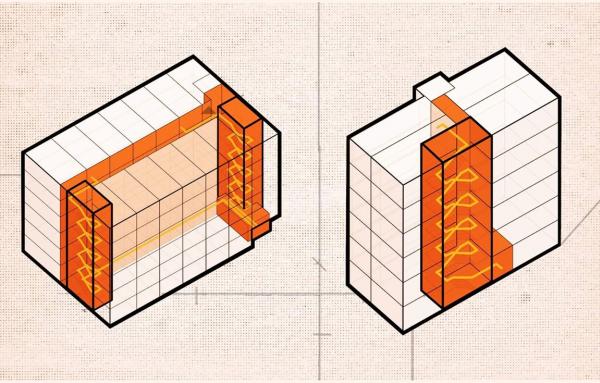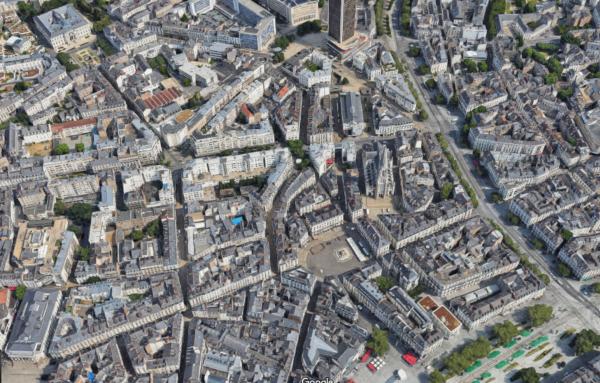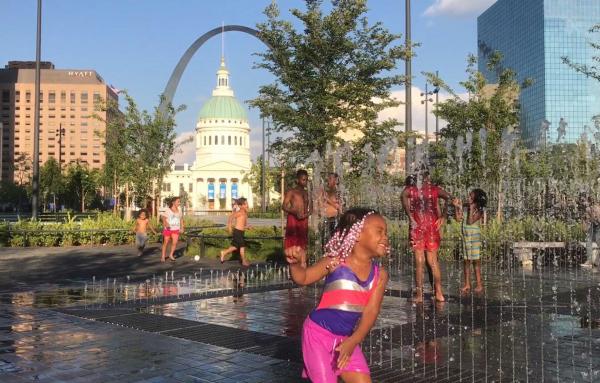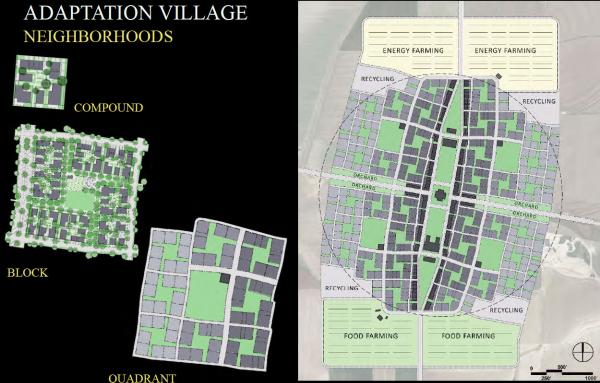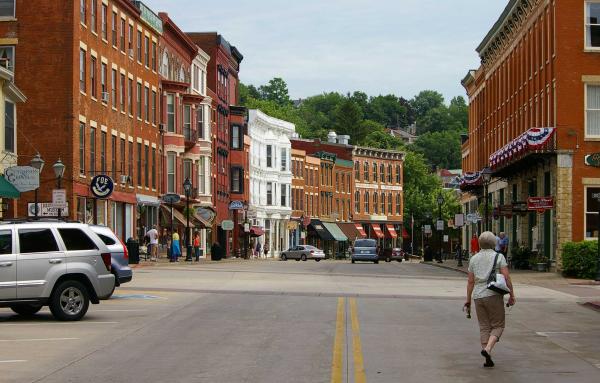RECENT ARTICLES
We need street network reform, not just housing, to create abundant, thriving, healthy communities.
New towns have always been part of New Urbanism, and the movement should embrace that aspect as a necessary complement to infill, retrofit, and highway transformation.
Freeways reduce social connections between people in a city, and this has important health implications—which is another reason to replace highways with street grids when possible.
The 200-acre downtown for the largest new urban community culminates a plan that grew out of a regional planning effort to reimagine the Wasatch Front metropolis.
If you want to keep your marbles as you age—it pays to live in a place where you can walk, ride a bike, and move naturally.
Walkable neighborhoods and buildings that frame the public realm should be part of any fire rebuilding effort in Pacific Palisades and Altadena—experts comment on fire recovery and urbanism.
A new study of multifamily buildings shows that those with a single stairwell are just as safe as those with two sets of stairs. This could be a key to more infill, missing middle housing.
Who knew the difference a staircase makes? US requirements that multifamily buildings have more than one staircase damages cities. Amidst calls for reform, CNU Mid-Atlantic is offering a prize for the best single-stair building design for Baltimore.
Integrating resilience into urban design encourages a shift in thinking: Resilient urban design should not only facilitate mitigation and adaptation but also ensure that the solutions for both have to be likable to all.
The Adaptation Village offers a twist on the street grid, consisting mostly of slow-speed, shared-use mews.
When looking at façades, six questions asked together can point you toward new buildings that increase downtown vibrancy.
